Odisha Odyssey - Stand up Paddle Board Expedition in Wild Odisha
- Kumaran Geopaddler

- Aug 28
- 11 min read
Updated: Aug 29
Odisha – Its just more than just cyclones and Chilika lake.
The recorded history of Odisha, east coast of India, starts from the 3rd century BCE onwards. In the annals of history, Odisha has been referred to as Udra or Odra Desa, Kalinga, Utkal, Orissa; now it has been renamed as Odisha. Archaeological findings, epigraphic, sculptural, literary and art evidence corroborate the maritime contacts of Odisha with Southeast Asian countries and the Roman Empire.

The state of Odisha is located in eastern India and boasts a coastline that stretches 480 km. This coastal area is among the most susceptible to cyclones in the country. Since I was a child, I've noticed that when cyclone alerts are issued for Chennai, many of these storms tend to head towards Machilipatnam in Andhra Pradesh or the coastal regions of Odisha. I vividly recall my childhood night; we received a warning from All India Radio about a massive cyclone approaching the Chennai coast.

We were told to get ready for nights without electricity and to gather supplies. But the next morning, when I woke up and looked out the window, the sky was clear, and Amma mentioned that the cyclone had moved away from the Chennai coast. Eventually, it struck the coast of Odisha.
With the rise of the digital age, I gained access to more information and visuals that highlighted the cyclone vulnerability of coastal Odisha. Significant progress has been made during the last 25 years (1999–2024) in reducing the loss of human lives due to cyclones. About 10,000 casualties in 1999 have been brought down to almost zero during cyclone Yaas in 2021. Significant progress has been made during the last 25 years (1999–2024) in reducing the loss of human lives due to cyclones.
Additionally, my enthusiasm for wildlife conservation and my career in geology led me to learn more about the tribal communities, Naxalite movements in Odisha, Chilika Lake, enormous dams, and the untouched areas that remain unaffected by rapid urbanization. Odisha has more green spaces and tribal communities than any other state in India, which clearly reflects its commitment to sustainable living practices.
Odisha - The Culture
Throughout my life, I've discovered several truths, one of which is that our thoughts and intense desires can manifest into reality. It's quite spiritual. The opportunity to delve into the inner regions and navigate the magnificent rivers of Odisha is similarly enticing. And at last, it happened! I got the opportunity to go to the wedding of my office buddy Satyabrata Sahoo in his quaint little town of Kendujhar (Old name is Keonjhar). I know that our former colleague Susanta Mishra is now the Joint Commissioner of the Indian Revenue Service for the Cuttack Zone. Before taking on this role, he was one of our brilliant young geoscientists in our organization. I've always admired his curiosity, patriotism, and the wealth of knowledge he has. He's kind of like my little brother. When this Odisha thing came up, the first thing I did was reach out to Susanta. I always call him Susi. He comes from a modest village which is on the way to Kendujhar town located on the banks of Baitarani River which is major tributary of River Mahanadi.
The similarities between Srirangam, Tamilnadu (left) and Cuttack, Odisha (right).
On 27th Nov 2015, Friday I flew from Delhi to Bhubaneswar, the capital of Odisha, known for its architectural heritage, temples, and rapid urban development. Often referred to as the "Temple City of India," Bhubaneswar is famous for its rich cultural history and serves as a gateway to the State’s tourism circuit. It is a perfect mix of historical significance, vibrant festivals, and modern infrastructure.

Susanta took care of my logistics from the airport to Cuttack. Bhubaneswar replaced Cuttack as the capital on 19 August 1949. Bhubaneswar and Cuttack are often referred to as the twin cities of Odisha. I felt like travelling from Delhi to Gurgaon. Rapid urbanization is booming at a greater pace. Cuttack, situated 30 km from Bhubaneswar, Orissa’s capital, is like an island. It lies at the head of the Mahanadi Delta, formed by the rivers Mahanadi and Kathajodi. Owing to its historical importance and recent commercialization, Cuttack is one of the prominent tourist destinations in Orissa.
By the time evening rolled around, I made it to the Revenue Commissioner's office. Susi greeted me with warm hugs, which felt really nice. It was such a joy to see our fellow geologists reach this new level. He shared his thoughts on Cuttack, his duties, and a little geography in his unique storytelling style. Cuttack has a vibe that reminds me of Trichy & Srirangan cities in Tamil Nadu; the majesty of the Cauvery River and the Mahanadi is strikingly similar.
After a brief refresh, Susi took me to the Annual Trade Fair organized by the Government of India. For me, travel encompasses geography, people, culture, food, and history. Events like this provide a fantastic opportunity to learn more about all facets of Odisha. The scenes at the fair resembled a reenactment of an ancient Indian kingdom, showcasing various foods, agricultural products, and souvenirs from different tribal communities of Odisha. According to the 2011 Census, Odisha has the third highest percentage of tribal population in the country, totaling 9,590,756 individuals.

The state uniquely boasts 64 distinct tribal communities spread across 30 districts and 314 blocks. These communities make up 22.85% of the state's total population and account for 9.17% of the national tribal population. The growth and distribution of the Scheduled Tribe population hold significant importance. The 64 Scheduled Tribes in Odisha communicate in as many as 74 dialects. Their ethos, ideologies, worldviews, value systems, and cultural heritage are both rich and diverse.
Odisha holds a distinctive place among Indian States and Union Territories due to its vibrant and diverse tribal landscape. Most Scheduled Tribes reside in hilly and forested areas. Their economy is primarily subsistence-based, non-stratified, and non-specialized. Their social structure is straightforward, with few aspirations and needs. Although the Scheduled Tribes in Odisha have faced social, educational, and economic challenges due to historical and geographical factors, they possess unique characteristics and a rich socio-cultural environment. Since independence, the process of socio-economic development has been underway and has gained momentum. On one end of the spectrum, there are nomadic food gatherers and hunters, while on the other, there are skilled settled agriculturists and horticulturists. Consequently, the tribal regions of Odisha showcase an incredibly diverse socio-economic landscape. (Tribes)
The fair took place in the expansive sandy flood plains of the magnificent Mahanadi River. It was an incredibly overwhelming and unforgettable day for me. By the end of the day, we made plans for our next journey and called it a night.
Along the Riverside
After breakfast, we loaded our paddleboards onto the Government car, a sedan, with our driver in full uniform. We crossed the barrage along the massive Mahanadi and kept going right towards Kendujhar, as Susanta was explaining about the place. As we neared Cuttack, the cityscape changed to rural. In Odisha, most urbanization is seen only in the coastal places, and some major cities. It is still evident in the satellite map, where the nighttime in most part of Odisha is as nature intended it to be – dark. The tribal population of the state is large and diverse. The absence of light pollution in the region shows that the predominant tribal population of the far end of the Eastern Ghats are able to lead a sustainable life, something that the people in other developed areas sacrifice for the very development. However, there is a key point to note – there has been a huge Naxalite presence in the region so the government infrastructure has not been able to take a hold there.

We crossed a former Naxal area and reached Susi’s house. It was a beautiful place called Biragobindapur near the Baitarani River. It reminded me of my hometown Thanjavur, just the basin of Mahanadi was quite large compared to that of Cauvery. His home was like a timeless antique in the changing times. What I appreciate about Susi is that despite becoming an IAS Officer, a tantalizing dream for most Indians that literally changes who they are, he still remains humble with an unmistakable aura. His family welcomed me, and showed me around the home, idols of the deities, plants, etc. The food was simple but delicious. I was more astonished by the inclusion of fish with sesame seeds in the meal, I later learnt that fish is ubiquitous in most Odia meals, irrespective of caste.
After meals, we went to the backyard to see the Mahanadi. At a distance, we saw a few tribal elders bathing in the river without any care for privacy. We averted our gaze, but apparently, this was quite common. Later in my Ganges Expedition, I saw many similar instances. Susi also told me that quite a while ago, naxalites would frequently cross this path to go to the other side. After a while, we left his home in Keonjhar for the wedding.
Enroute Keonjhar, we came across a place called Kolimati, 15 kilometers from his place. The Ghatgao forest range started there, sprawling across 25 kilometers. This entire stretch was quite dangerous, as we risked getting attacked if we stopped our vehicle anywhere. It was a dense forest, with iron-ore mining activity all over. That’s when I understood why the entire town was rusty – the iron dust pollution was everywhere. At the end of the forest was Maa Tarini temple. Susi spoke very highly of this temple – the goddess is highly venerated. I felt that Maa Tarini is similar to Ellai Mariamman of the South. Legend has it that she has vowed to protect the people of the forest, again, just like Ellai Mariamman.
We reached Keonjhar and stayed at a lodge. Susanta’s friends were there, so he had a reunion of sorts. It was the first time I was attending a North Indian wedding. It was unique – the baarat was held at night, and all were having fun. I was like a photojournalist, capturing all moments, moments that were both fun yet novel. The wedding food was surprisingly simple but really tasty. After wishing Sathya a happy married life, we started back to Cuttack in the break of the day.
We took another road this time, it was more isolated than the Ghatgao. It was foggy, but literally empty. I was amazed to see the vast difference in India’s living standards. I realized my privilege of coming from a well-developed part of India – there is a lot to be improved, yet it is miles ahead of what lay before me. We came to Bhubaneshwar, Cuttack’s twin city, where we had a dish that resembled the spongy dhokla, except that it wasn’t dhokla. The hotels were a bit dingy, and I was afraid for the hygiene, but it was fine. We then came to the main part of Odisha, where all the tourism happened.
Stand-Up Paddle Board Expedition
I had researched a place called Surfing Yogis, which was located in-between Konark and Puri. It was a beautiful place with eucalyptus trees on both sides of the road. It reminded me of the Mahabalipuram of the olden days. I was both surprised and amused to see Susanta’s excitement; he had never travelled within Odisha like this. We were welcomed wherever we went, it does help to have a friend in the Civil Services. At Surfing Yogis, the vibe was similar to outer Auroville, part-native and part-hippie. We met a guy from Hawaii, the birthplace of Stand-Up Paddling. He was a volunteer, and resembled a younger Bob Marley. Surfing Yogis were to first in India to have a surfing and paddling festival. I think it was the endless bureaucracy and the remote location of the place that were the hurdles for further development.
Surfing Yogi’s is situated in Olive Ridley Sea Turtle Reserve. Their aim is to spread positive energy around the globe by bringing wholesome products and services to all who are interested in nature, surfing and yoga. The India Surf Festival promotes the sports of surfing and SUP in India by celebrating in an eco-friendly way. To me, it was not just a surfing school for me, I was able to open my eyes to the beauty of being in a chill, non-judgmental, and friendly place. It provided a sense of calm and peace in a spiritual sense, especially for those who don’t derive it from religion.
There would be a plank to balance the surfboard, which we tried out. Opposite to the place, there was a small pond. The topography was similar to the Vedaranyam beach. We were warned of quicksand in those parts. We Stand-Up paddled in the lake, preparing for the Nuanai river paddling the next day. It was the first time Susanta would be on the SUP board, and he picked up immediately.
At night, we went out into the forest in the ATV (All-Terrain Vehicle) for around 1 and a half kilometers. Although the time I went was not nesting season, we saw a large variety of crustaceans. The beach would extend twenty kilometers, a replica of Pichavaram. The waves were huge breakers, powerful enough to shatter our bones. Both of us were very excited.
We saw fishermen standing in the dark, catching red crabs. They would initially flash the light, and when the crab is temporarily blinded, they would catch it deftly. Each crabs would weigh around 1 kilo or more. They would later place the crabs on a bicycle modified to carry the crabs.
Back at Surfing Yogis, I came across the book “Seven years in Tibet”. This was the first book I didn’t take my eye off of from cover to cover, it was that interesting. I watched the movie afterwards, and was so thrilled to see the story adaptation. I was frequenting the Himalayas at that time, and so I could relate to the geography in the book. I was so engrossed in reading the book that I forgot that I had borrowed it. When I realized it later, I was already back home, unpacking. However, that’s when I realized that if I ever start a school, I should have a library, and so came to life the bookshelf at Mangrove Bay Ecocamp.
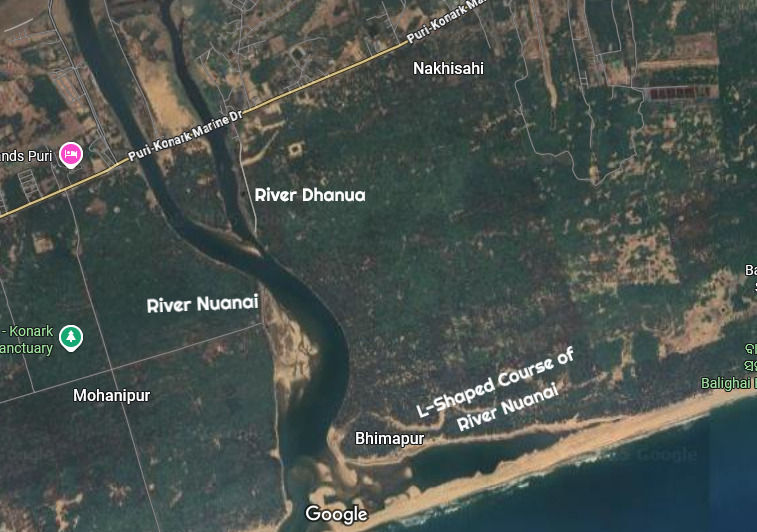
The next morning, we left for the river, hauling our surf boards and paddle boards in an auto. Here I met Sanjay, another instructor at Surfing Yogis. I also met another person whom I later chanced to meet in Karnataka, at an International SUP course. At the launching point, we saw the fishermen casting their nets. One person had hauled a huge fish. We then launched the paddleboards, and we were paddling quite smoothly. At one point, River Dhanua joined River Nuanai, and at the confluence, I lost my balance and my camera lens cap fell into the water. However, we were able to retrieve it, thankfully. Before entering the sea, River Nuanai takes an almost 90 degree turn to the left.
The turn was decorated by sand waves formed by deposits. Paddling for around half an hour, we reached the beach. The waves were huge, and while I didn’t go in, Mark was killing it with his wake-board. I was just standing there, staring at his feats wide-eyed as he surfed the bone breaking waves with ease.
The concept of 'Risk to resilience' is a recurring process found in coastal Odisha. Households that can adjust to changing conditions demonstrate high resilience, while those that cannot do not. Risk refers to the likelihood of harm arising from the interplay between natural and/or human-induced hazards and vulnerable situations. The risks that society faces from natural hazards stem not only from nature itself but also from the interaction between the natural and human systems.
History - The Chola-Ganga Connection
After the expedition we went to the Sun Temple at Konark. I was mindblown by its architecture and its magnificence even in its ruins. The carvings, the sculptures, the rock, the science, the history – everything about it was amazing.
That night, we went to the Puri Jagannath temple. It was built by the king Gangesvara Anantavarman Chodaganga Deva, a child born of the alliance made by the Cholas and the Eastern Ganga dynasty. His mother was the granddaughter of Rajendra 1, the Gangai Kondan, and this conquest is recorded in Kalingattupparani. I was happy that the great Tamil dynasty’s legacy is still alive and living outside of Tamilnadu.
This trip to Odisha was a wholesome one. The fair, the wedding, Susi’s home, Ghatgao forests, Surfing Yogis, River Nuanai, the book, Konark, Puri – all of it was heart-warming, although totally unexpected.

























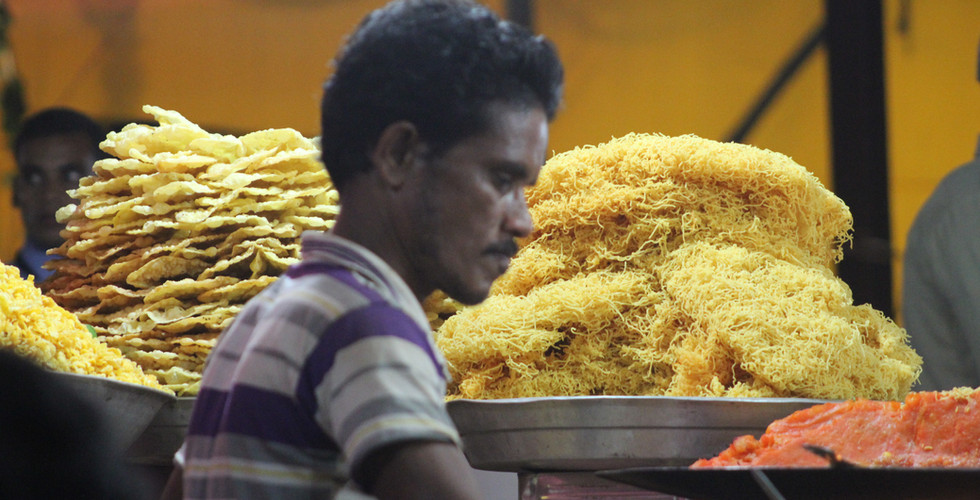





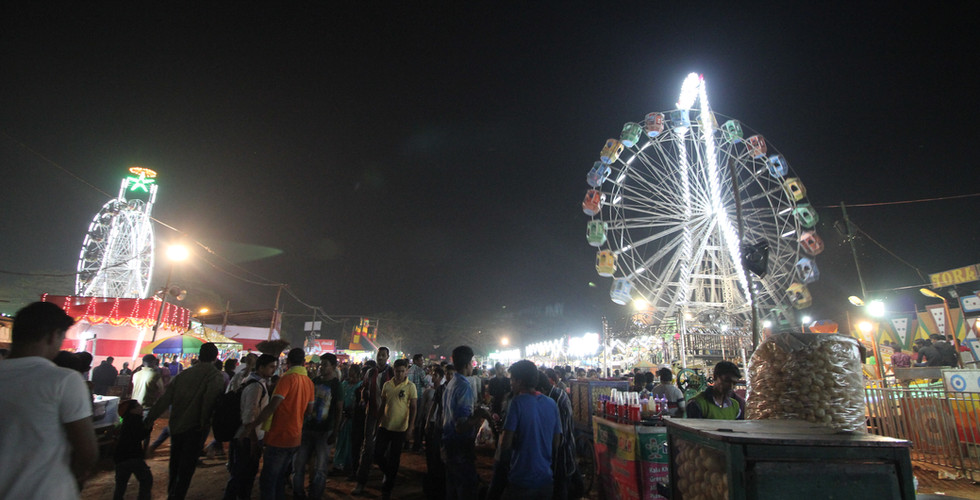











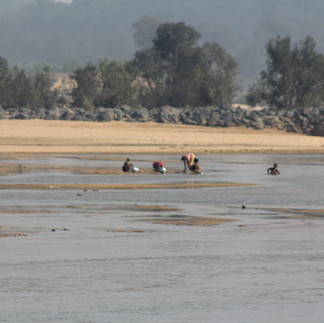













































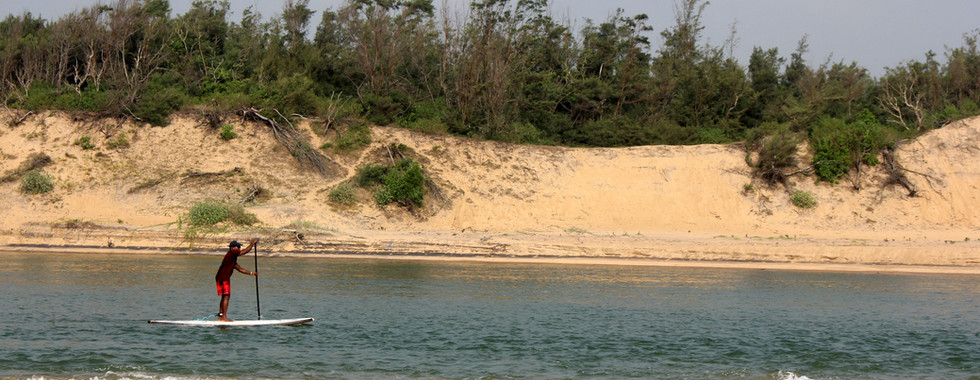








































































































Comments